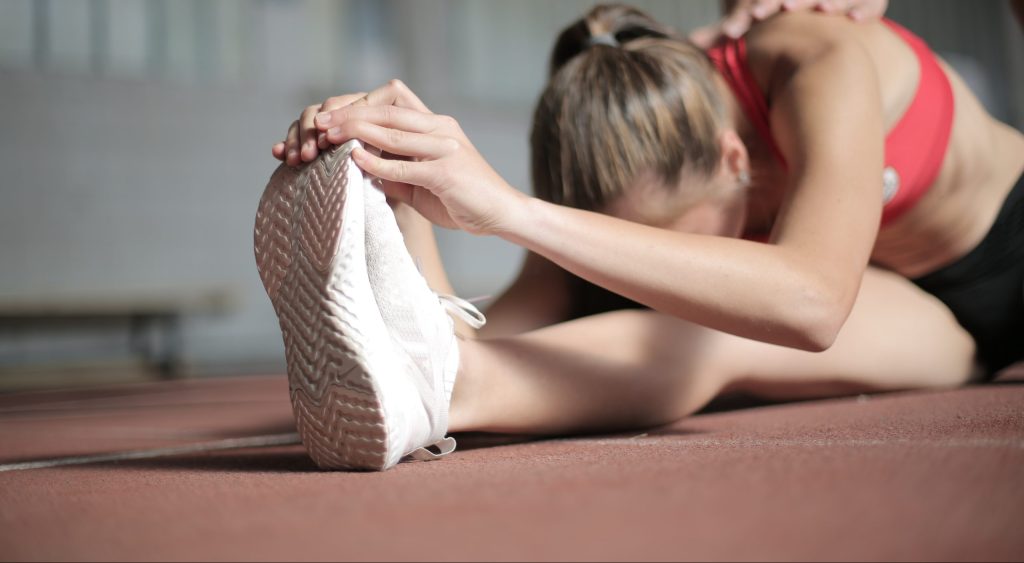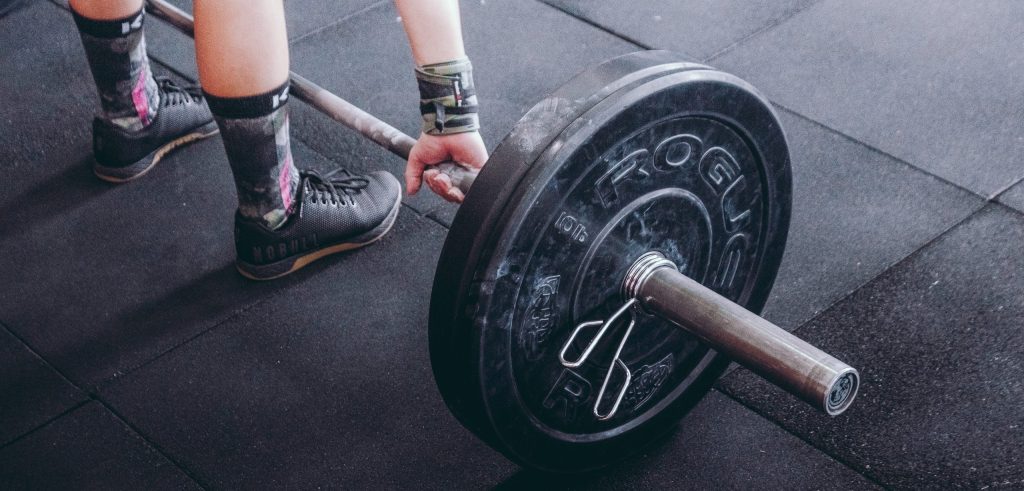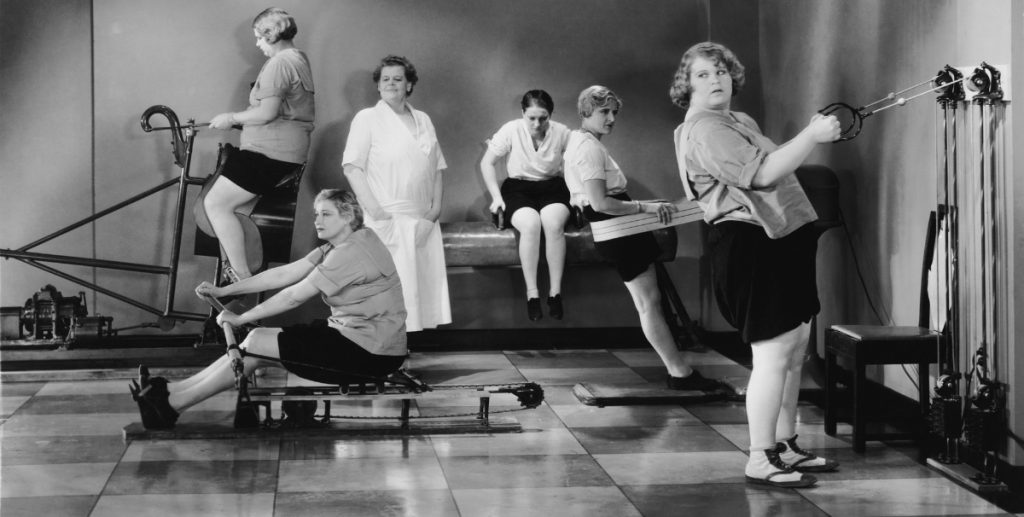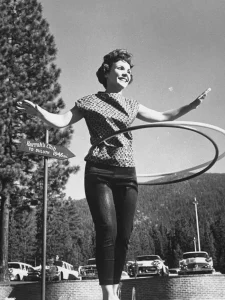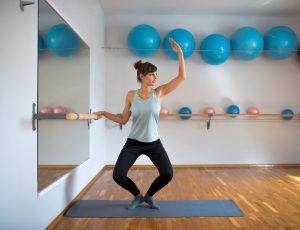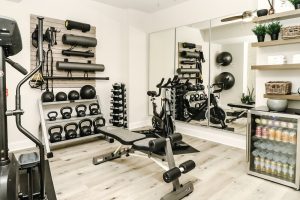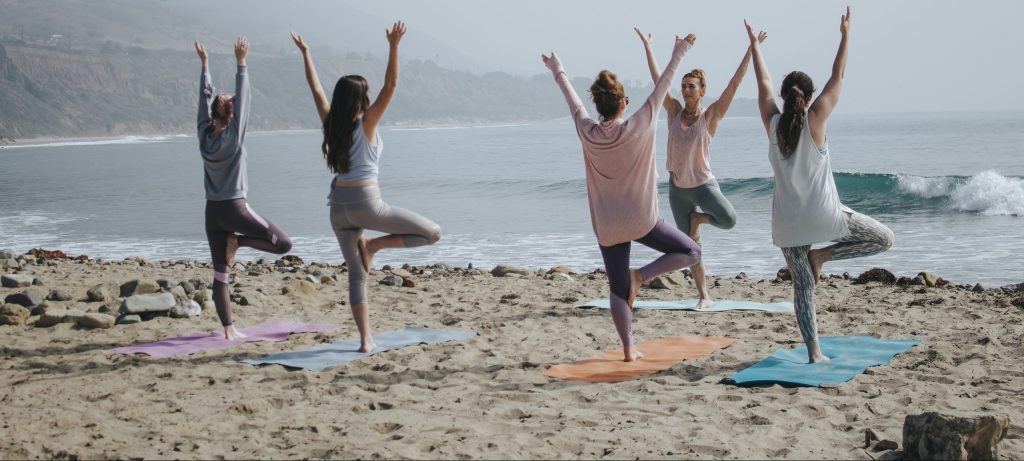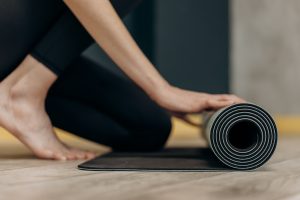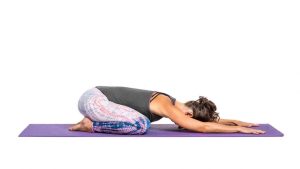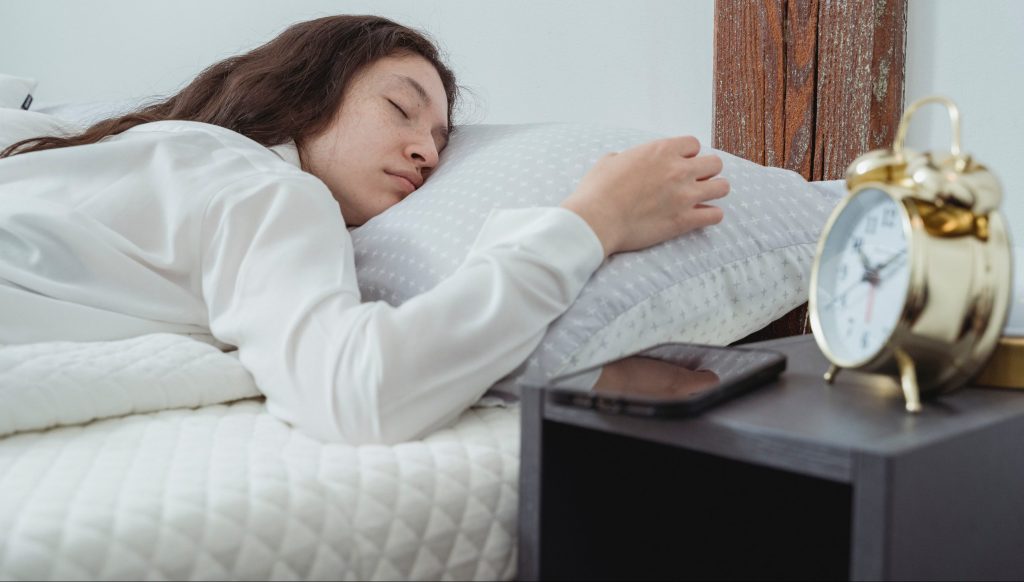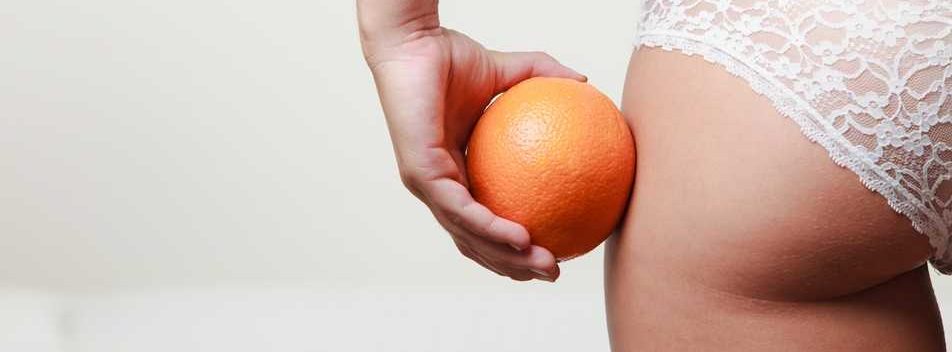To Stretch or Not to Stretch?
Does stretching remind you of the days you had P.E on in middle school, where your teacher would line everyone up and make them stretch? annoying, right? Everyone feels differently about stretching, and most people avoid it. We can admit that it does add on ten to fifteen minutes in a workout routine, and that some days, it can be a little overwhelming. But we are asking the important questions here: Do you actually need to stretch?
The simple truth is that, every good workout routine has a warm up, and cool down included. Stretching is an important component in every routine, it helps your body prepare for the physical movement, and training that you’re planning to put it through. However, not every kind of stretching can help you prepare for a workout effectively. Let’s look through the types of stretching, and discuss the unique importance they have for physical health.
There are many types of stretching, but lets look through the most common and important ones:
Active stretching
Active stretching is when you move a limb into a position to stretch a muscle and then hold it there under your own muscular power. This means that you hold the muscles into a certain pose, while targeting a particular muscle group. This type of stretching is quite simple and gentle, can help with injuries and release tension.
Passive stretching
This type of stretching is excellent for enhancing your balance, as well as your flexibility by holding a position or a pose with gravity or by hand. As a specific outside force (towel, resistance band, or another person) is reaching the outer limits of your range of motion, the target muscle is being lengthened. This type of stretching can be quite tiring for your muscles because of its intensity, so it is not recommended to do right before exercising.
Dynamic stretching
Dynamic stretching involves making active movements that stretch the muscles to their full range of motion. These exercises often simulate functional movements and help prime the body for more intense training. An example of a dynamic stretch is a runner doing the “high knees” movement, while preparing for a long run. This type of stretching can be done before a workout (warm up) and after a workout (cool down).
Somatic stretching
Somatic stretching refers to the release of muscular tension through gentle movement and an awareness of how your muscles feel in various positions and movements. Similarly to yoga, this type of stretching doesn’t only focus on the physical, but also on the mental wellbeing of the person. Somatic stretches can be done every day, and can help relieve tension, stress, and improve mobility.
The Importance of Stretching
Being physically active, and getting daily movement is crucial for your physical and mental health. However, a lot of factors such as your age, your bodily composition and health issues (some diseases) can affect your capability and performance. This where stretching and its benefits come to play. Stretching can lower your heart rate, blood pressure, prevent injuries, and improve flexibility and mobility among other things. It is recommended that you stretch at least three times a week. You can follow individual stretching routines, or do a number of stretches that you choose before a workout routine. For example, in the gym, a set of dynamic stretches would be a perfect choice for a proper leg day, in order to preform better and avoid injuries during exercise. Stretching after working out is crucial, it helps your body cool down and recover faster after straining your muscles with exercise.
Summary
Stretching is an important component in every routine, it helps your body prepare for the physical movement, strain and intensity you’re about to put it through. There are many types of stretching, and each has benefits but some also have risks. However, you should still consider implementing stretching in your daily routine, or before and after exercise. Try out the different types of stretching, see which one works the best for your body and enjoy the benefits.

